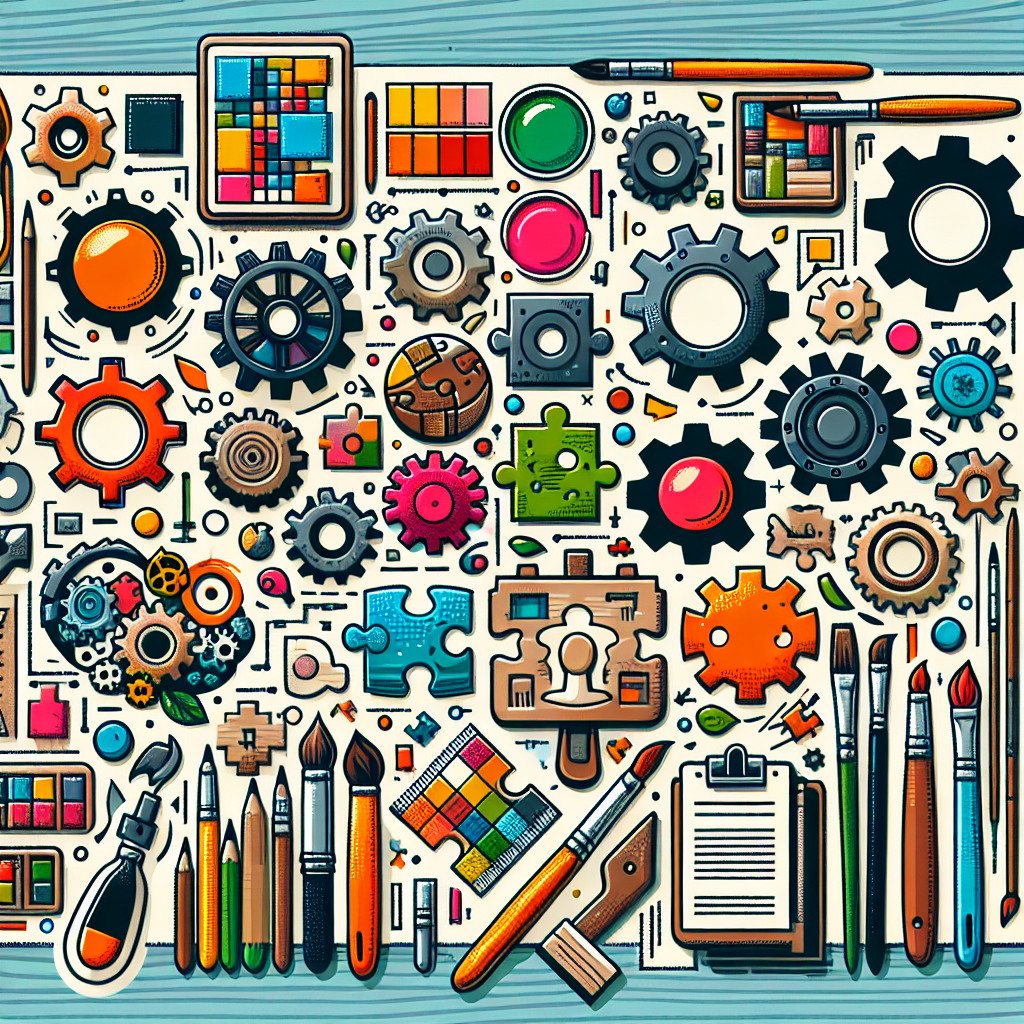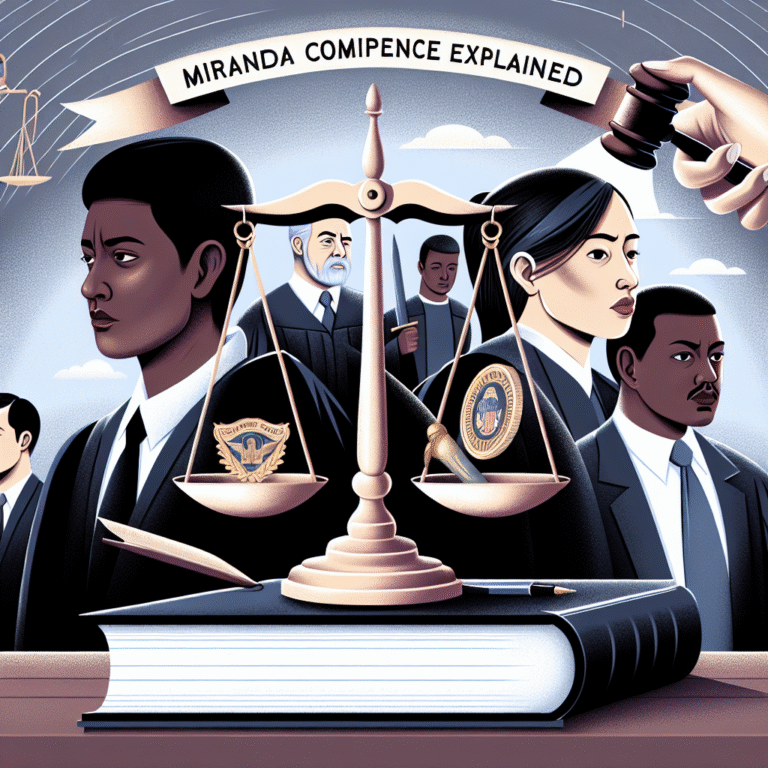
Introduction
In today’s fast-paced and ever-evolving environment, adaptability is king. Whether you’re in business, art, or daily life, the ability to customize and integrate various elements to suit your specific needs can lead to unparalleled success and satisfaction. This article delves into the philosophy of flexibility with a focus on the mantra “Feel free to mix and match elements or modify them to better fit your needs!” This mantra serves not only as a guiding principle but as a vital strategy for thriving in various aspects of life.
Throughout this extensive exploration, we’ll discuss how blending different elements opens up a world of possibilities. We’ll cover practical applications, insightful case studies, and a myriad of examples that illustrate the tremendous power of modification and customization. Let’s embark on this journey and discover how to harness the potential of mixing and matching elements to empower ourselves in unique and fulfilling ways.
The Power of Customization
Understanding Customization
Customization isn’t just a buzzword; it’s an essential strategy that underpins customer satisfaction and personal achievement. In a world filled with one-size-fits-all solutions, individuals and businesses that adopt a tailored approach stand out. So, what does it mean to "mix and match elements or modify them to better fit your needs"?
- Personalization: Tailoring your experience, business offering, or skillset to meet your specific objectives.
- Innovation: Drawing on different elements to create new ideas and solutions.
- Efficiency: Streamlining processes by adapting them to suit your unique context.
Case Study: Nike’s Custom Shoes
Nike is a leading example of successfully incorporating customization into its business model. The introduction of Nike By You (formerly known as NIKEiD) allows customers to design their shoes, selecting colors, materials, and even adding personalized text. By encouraging consumers to mix and match elements, Nike not only enhances customer satisfaction but also fosters brand loyalty.
| Element | Customization Options |
|---|---|
| Color | Choose any color combination |
| Material | Select from various textiles |
| Add-Ons | Personalize with names or phrases |
The success of Nike By You highlights the demand for customization in products, demonstrating that consumers are willing to invest in options that feel personal and unique.
The Benefits of Flexibility
Enhanced Creativity
When you “feel free to mix and match elements or modify them to better fit your needs,” you unlock a reservoir of creativity. This approach encourages thinking outside the box and promotes the exploration of new ideas. For instance, artists who blend different mediums—like paint, digital art, and textile—can create stunning pieces that resonate on multiple levels.
Improved Productivity
In the business sphere, enabling employees to tailor their workflows can enhance productivity. For example, a software developer might prefer different tools for coding, project management, or design. Allowing team members to choose their preferred software fosters efficiency and job satisfaction.
Real-World Example: Google’s Work Environment
Google is famed for its innovative workplace designs that encourage employees to co-create and alter their environments. From adjustable desks to common areas filled with inspiring decor, Googlers can modify their workspace according to their preferences. This flexibility results in happier and more productive employees.
Table: Google’s Work Environment Features
| Feature | Benefit |
|---|---|
| Adjustable Desks | Promotes comfort and health |
| Relaxation Zones | Encourages creativity |
| Collaborative Spaces | Fosters teamwork |
Application in Various Fields
Education
In education, applying the principle of “feel free to mix and match elements or modify them to better fit your needs” can lead to more effective learning experiences. Students have varied learning styles, and allowing them to select their preferred methods can enhance information retention.
Case Study: Personalized Learning Approaches
Institutions implementing personalized learning plans have reported improved student outcomes. For instance, KIPP schools utilize individualized learning paths that allow students to work at their own pace while leveraging resources that cater to their style of learning.
Business
In the corporate landscape, being open to mixing and matching can drive innovation. Companies that allow their teams to experiment with mixing products, strategies, or messaging often find that their approach to market becomes more agile and responsive.
Marketing
In marketing, personalization is paramount. Brands that tailor their messaging based on customer preferences yield higher engagement. Consider the massive success of targeted ads that consider user behavior and interests—all derived from elegantly mixing data elements for optimized communication.
Challenges of Customization
While mixing and matching can lead to benefits, it’s important to acknowledge potential challenges. Too much flexibility may lead to confusion rather than clarity. Establishing a coherent strategy while allowing for adaptability is key.
Managing Expectations
Customization requires effective communication to ensure that expectations align with outcomes. Clear guidelines can help manage client expectations when they request tailored products or experiences.
Case Study Analysis: Dell’s Build-Your-Own PCs
Dell once allowed customers to fully configure their computers, often leading to confusion among customers who didn’t know which options to choose. Eventually, they streamlined the process by offering guided configurations which balanced flexibility with clarity.
Conclusion
Ultimately, embracing the mantra “feel free to mix and match elements or modify them to better fit your needs!” is about harnessing the power of customization to enhance creativity, productivity, and satisfaction across various domains. The real-world examples and case studies shared exemplify how effective it can be when individuals and organizations take the initiative to adapt and innovate.
As you venture forth, remember that the freedom to mix and modify is a powerful tool at your disposal. Whether at work, in your creative pursuits, or within personal relationships, flexibility has the potential to transform your experiences for the better.
FAQs
1. Why is customization important in today’s world?
Customization allows individuals and businesses to stand out in a crowded marketplace. It caters to varied preferences, driving loyalty and engagement.
2. How can businesses implement customization effectively?
By encouraging employee feedback and integrating technology to understand customer behavior, businesses can create tailored experiences that resonate more deeply with their audience.
3. What are some examples of customization in everyday life?
From personalized meal plans and fitness routines to customizable home or office setups, aspects of daily life can be tailored to enhance satisfaction and effectiveness.
4. Can customization improve productivity in teams?
Yes, when team members have the flexibility to choose tools or working conditions that suit them best, it often leads to higher motivation and efficiency.
5. What risks should I consider when encouraging customization?
While customization can provide benefits, it’s important to ensure that processes remain coherent and that customers understand their options to avoid confusion.
Whether you’re looking to enhance your business framework or improve personal creativity, the insights explored in this article reveal how vital it is to embrace customization. So go ahead—feel free to mix and match elements or modify them to better fit your needs!

















